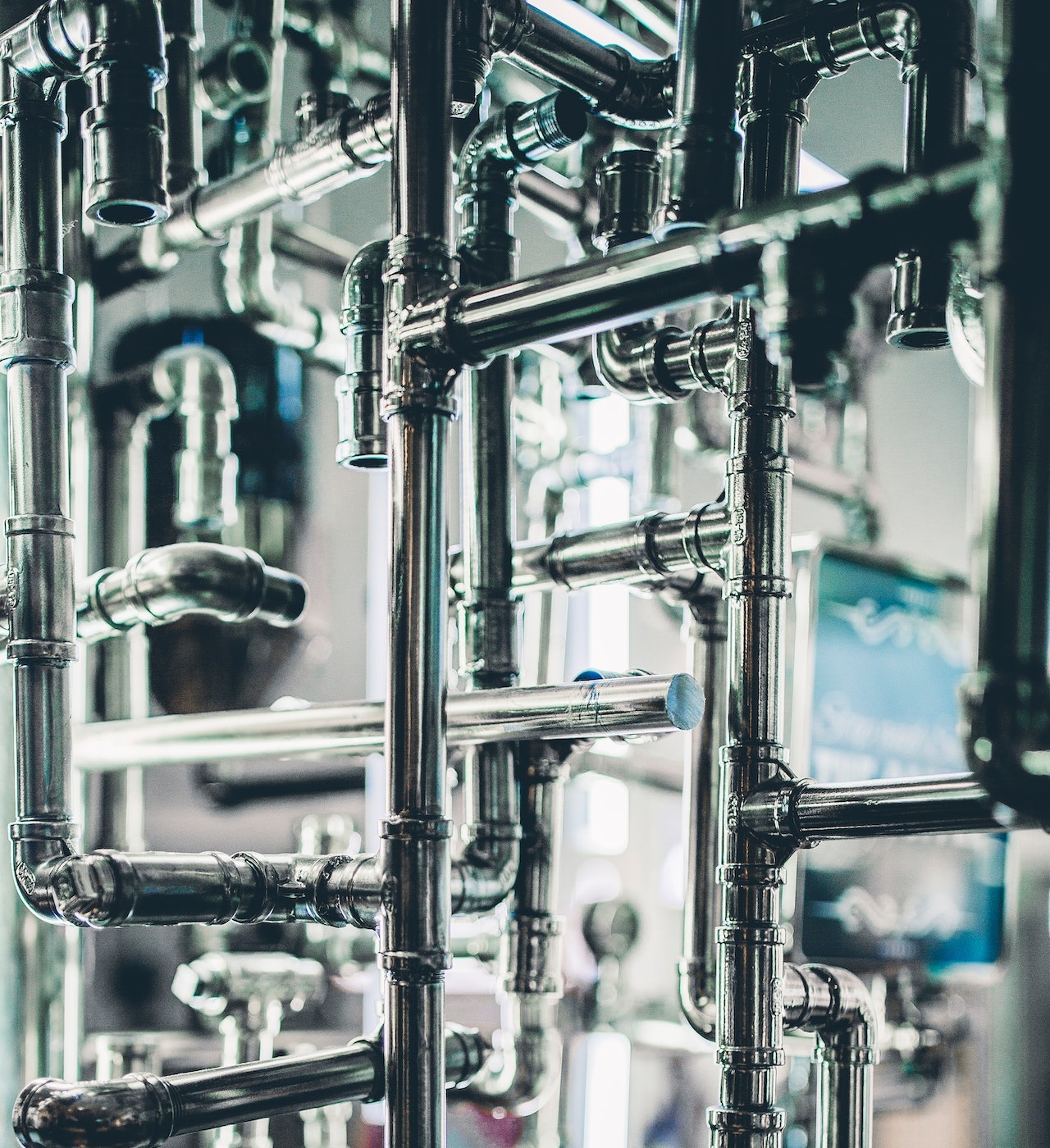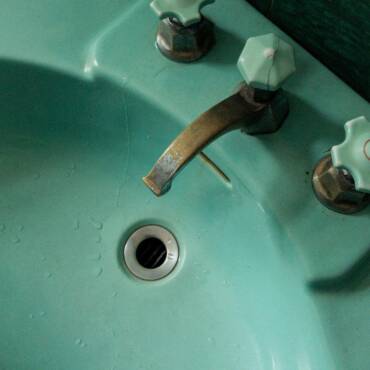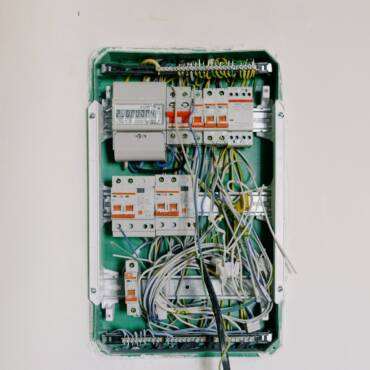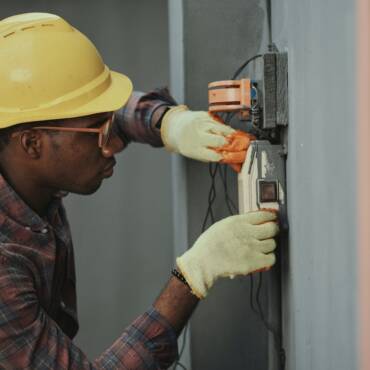Are you embarking on a construction project that involves pipework and laying pipes? Whether you’re a seasoned professional or a DIY enthusiast, understanding the fundamentals of pipework and the proper techniques for laying pipes is crucial. In this article, we’ll delve into the world of pipework, discussing everything from pipe materials to installation methods. By the end of this guide, you’ll have a solid grasp of the essentials, ensuring a successful and efficient pipework project.

Pipework and Laying Pipes
Table of Contents
- Introduction to Pipework
- Types of Pipes
- Different Pipe Materials
- Advantages and Disadvantages
- Planning Your Pipework Project
- Assessing Needs and Requirements
- Designing the Layout
- Tools and Equipment
- Essential Tools for Pipework
- Safety Gear and Precautions
- Laying Pipes: Step-by-Step Guide
- Excavation and Trenching
- Pipe Placement and Alignment
- Joining Pipes
- Backfilling and Compaction
- Installation Techniques
- Gravity Flow Systems
- Pressure Flow Systems
- Maintenance and Longevity
- Regular Inspections
- Preventive Measures
- Challenges and Troubleshooting
- Common Issues
- Solutions and Fixes
- Sustainability in Pipework
- Environmentally Friendly Practices
- Water Conservation
- Conclusion
Introduction to Pipework
Pipework forms the lifeline of many infrastructural projects, delivering essential resources such as water, gas, and sewage. The proper installation and maintenance of pipes are pivotal to the functionality and longevity of these systems. Whether you’re working on a residential, commercial, or industrial project, understanding the intricacies of pipework is essential.
Types of Pipes
Different Pipe Materials
Pipes come in a variety of materials, each with its own set of properties. Common materials include PVC, copper, galvanized steel, and PEX. The choice of material depends on factors such as the type of fluid being transported, budget considerations, and environmental factors.
Advantages and Disadvantages
Each pipe material has its own advantages and disadvantages. PVC pipes, for instance, are cost-effective and easy to install but may not be suitable for high-pressure systems. Copper pipes are durable and corrosion-resistant but can be more expensive. It’s important to weigh these factors when selecting the right pipe material for your project.
Planning Your Pipework Project
Assessing Needs and Requirements
Before embarking on any pipework project, a thorough assessment of your needs and requirements is crucial. Determine the volume and type of fluid that needs to be transported, as well as any specific regulations or codes that must be followed.
Designing the Layout
The layout of your pipework plays a significant role in its efficiency and functionality. Carefully design the route of your pipes, taking into account factors such as elevation changes, obstacles, and access points for maintenance.
Tools and Equipment
Essential Tools for Pipework
Having the right tools on hand is essential for a successful pipework project. Some essential tools include pipe cutters, wrenches, measuring tape, and pipe fittings. Invest in high-quality tools to ensure accurate and efficient work.
Safety Gear and Precautions
Pipework often involves working with heavy materials and potentially hazardous substances. Prioritize safety by wearing appropriate gear such as gloves, safety goggles, and protective clothing. Additionally, follow proper safety protocols when working in trenches or confined spaces.
Laying Pipes: Step-by-Step Guide
Excavation and Trenching
Begin by excavating trenches along the planned route of the pipes. Trench depth and width should be based on the size of the pipes and local regulations. Proper trenching ensures stability and protection for the pipes.
Pipe Placement and Alignment
Lay the pipes in the trenches, ensuring proper alignment and slope. Proper slope is crucial for gravity flow systems to prevent clogs and backups. Use a level to achieve accurate alignment.
Joining Pipes
Connect pipes using appropriate fittings and methods based on the pipe material. Common joining techniques include solvent welding for PVC pipes and soldering for copper pipes. Ensure watertight and secure connections.
Backfilling and Compaction
Once the pipes are in place and properly connected, carefully backfill the trenches with soil. Compact the soil in layers to prevent settling and shifting over time. This step adds stability to the pipework.
Installation Techniques
Gravity Flow Systems
Gravity flow systems rely on the natural downward movement of fluids. These systems are often used for wastewater and stormwater drainage. Proper pipe slope and alignment are critical for effective gravity flow.
Pressure Flow Systems
Pressure flow systems are used to transport pressurized liquids, such as water supply lines. These systems require pumps or other pressure-inducing devices to move fluids through the pipes. Careful attention to pipe material and connections is essential to prevent leaks.
Maintenance and Longevity
Regular Inspections
Periodic inspections are vital to identifying and addressing potential issues before they escalate. Schedule routine checks to detect leaks, corrosion, or other forms of damage. Prompt repairs can extend the lifespan of your pipework.
Preventive Measures
Implement preventive measures to prolong the life of your pipework. This may include applying protective coatings, using corrosion-resistant materials, and avoiding chemical exposure that could degrade the pipes over time.
Challenges and Troubleshooting
Common Issues
Pipework projects can encounter various challenges, such as leaks, clogs, and shifting pipes. These issues can disrupt the functionality of the system and lead to costly repairs if not addressed promptly.
Solutions and Fixes
Address challenges by using appropriate solutions. For example, a pipe snake can help clear clogs, while pipe clamps can seal leaks. Engage the services of a professional plumber for complex issues that require specialized expertise.
Sustainability in Pipework
Environmentally Friendly Practices
Incorporate sustainable practices into your pipework projects. Consider using recycled or eco-friendly materials when possible. Additionally, explore options for rainwater harvesting and greywater recycling to reduce water consumption.
Water Conservation
Pipework projects offer opportunities for water conservation. Install water-efficient fixtures and consider implementing drip irrigation systems to minimize water wastage and contribute to environmental preservation.
Conclusion
In conclusion, mastering the art of pipework and laying pipes is essential for successful construction projects of all scales. By carefully selecting appropriate pipe materials, planning meticulously, and executing installation with precision, you can ensure a robust and reliable pipework system. Regular maintenance and a commitment to sustainability will contribute to the longevity and efficiency of your pipework for years to come.
FAQs
- Q: How do I choose the right pipe material for my project? A: Consider factors such as fluid type, budget, and environmental conditions. Each material has its own advantages and limitations.
- Q: What’s the difference between gravity flow and pressure flow systems? A: Gravity flow relies on natural downward movement, while pressure flow requires mechanical assistance to move fluids through pipes.
- Q: How often should I inspect my pipework? A: Regular inspections, at least annually, are recommended



